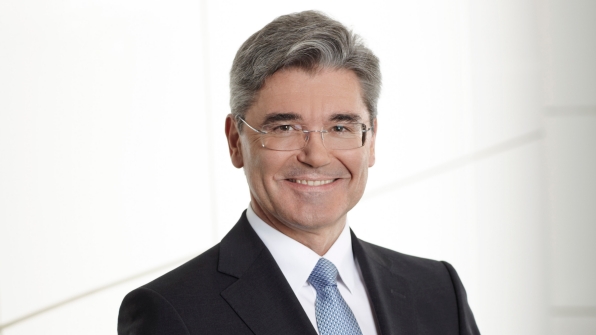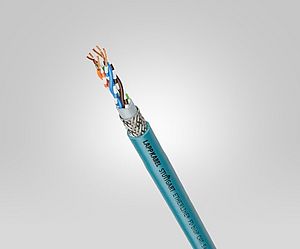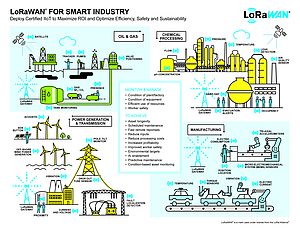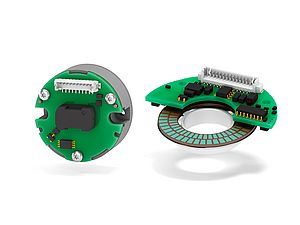Mr. Kaeser, you have just concluded a meeting with Egypt’s President Abdel Fattah El-Sisi. What’s the latest from Cairo?
Joe Kaeser: Well, the President of Egypt himself is monitoring the progress of the three major power plant construction projects in Beni Suef, New Capital and Burullus very closely. I assured him – and Mr. Mohamed Shaker, Minister of Electricity and Renewable Energy – that we are progressing according to plan and are on track to deliver electricity to the Egyptian people as contractually agreed.
And that would be when? Before the summer of 2016?
JK: No, the big power plants aren’t scheduled to generate electricity until the summer of 2017. But the people and businesses of Egypt will also need a reliable supply of power during the very hot summer months in 2016. So we had to come up with a good plan for how we can help. And President El-Sisi liked our plan.
Is that a plan to build the power plants even faster?
JK: No, that’s hardly possible, since we’re already on a very aggressive schedule. We have proposed a fast-track plan to provide 800 MW of power generation capacity to deal with peak demand in the summer of 2016. This plan consists of two main steps: Firstly, we will help refurbish the steam turbines at the Attaka thermal power plant. And Attaka and the combined-cycle power plant at Kureimat will get upgrades enabling them to address demand peaks. Secondly, we have proposed the installation of distributed generation units to deliver additional power generation capacity on short notice close to locations where demand is the highest.
And there is another positive aspect: This plan is minimizing Egypt’s need for huge new investments, since it is focused on raising the capacity of existing power generation units without investing large amounts of money in building new units to meet temporary requirements. In 2017, things will be different when the three new combined-cycle power plants [Beni Suef, New Capital and Burullus] start generating power for the national grid.
But will adding more capacity to the grid do the trick?
JK: We have argued from the very beginning that we need to look at Egypt’s whole energy system. Fixing one area, such as generation capacity, loses much of its impact unless transmission and distribution are also addressed. Therefore, we have also discussed a proposal to add six 500-kilovolt substations in order to transmit the generated power from the three new power plants to the Egyptian national grid. The President and the Minister share our assessment that it is necessary to take the overall system into consideration. By the way, this is exactly what we already argued for one year ago.
So there will be even more orders for Siemens from Egypt?
JK: We have a handshake, we can build on! So the framework is clear. And we need to get this done very quickly, since the Egyptian people need more electrical power next summer, and the grid needs to be prepared for when the super power stations go on line a year later. The teams need to work on the details now to turn these plans into firm orders. So we’ll have to be patient for a bit longer.
























































